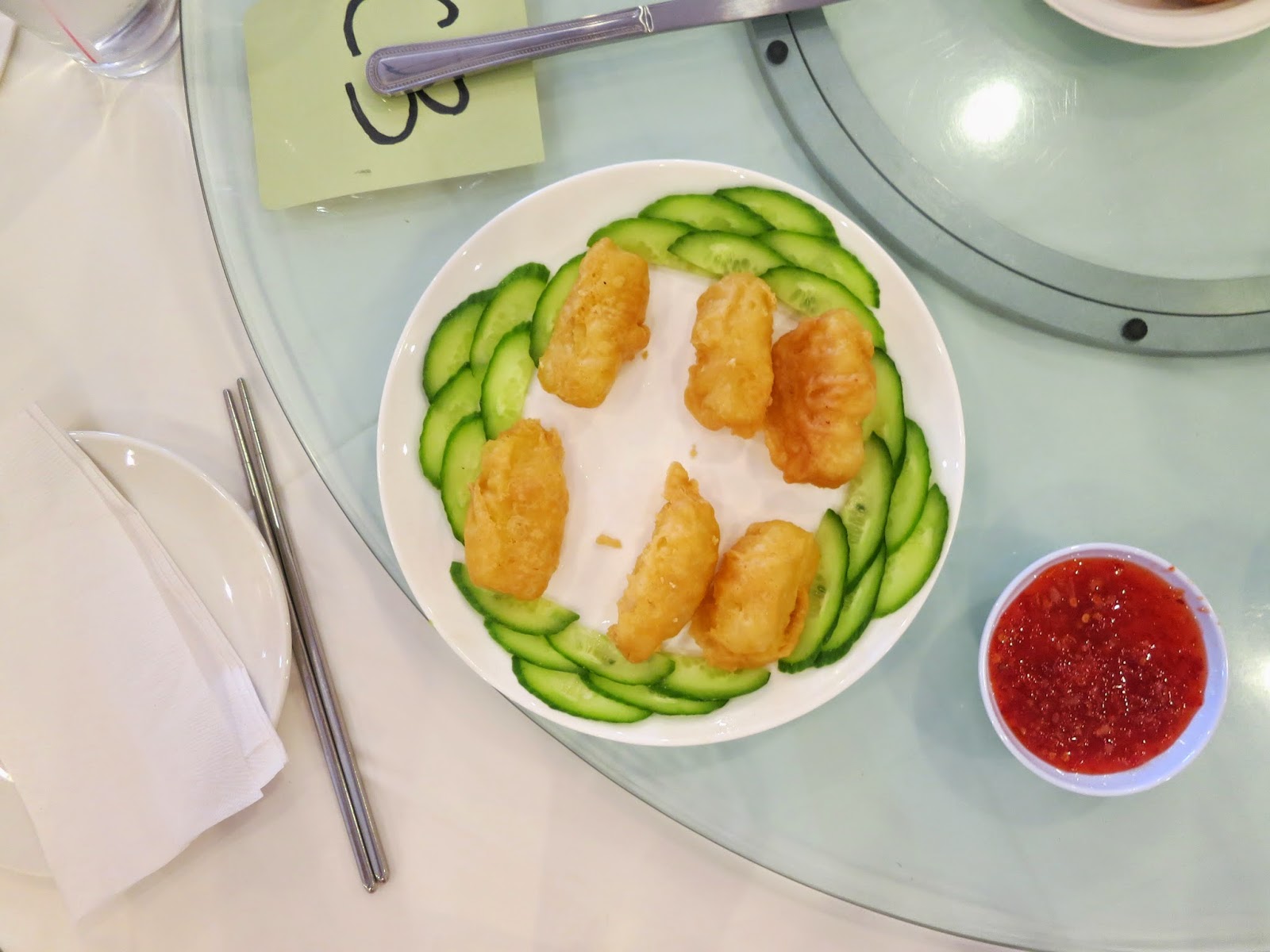 |
| Beautiful fall produce of North Carolina |
An event was held here in Houston recently called
Food Fight Against Cancer, which aims to raise money and the awareness of "cancer-fighting foods". The
page describing the specific ingredients is an excerpt from the cookbook by Katz and Edelson, and uses some pretty fancy words like glucosinolates (that's a
chemical - where's the panic?), but remarkably little primary research sourcing. I am left to wonder - what does it mean for food to "fight cancer" or be of "anticancer" nature?
 |
| "cancer fighting" smoothies? And I am pretty certain there's no way they have no sodium. |
This concept is difficult to parse because
cancer itself is actually more than 100 different diseases. And when we talk about "fighting cancer", it can be interpreted as a therapeutic measure prescribed to someone who is already afflicted with cancer, or it can be thought of as an active portion of an
cancer prevention regime. Those
sold into the "herbalist" or "naturopathic" modes latch onto this nebulous promise, but seldom provide concrete biological reasons. Some may cite minor compounds present in certain fruits or vegetables that have inhibitory effects on cultured cancer cell lines, but this is far from how it would work when eaten. Is the compound present in high enough concentrations to matter? Will it survive digestion? Does it cross the blood brain barrier? Would it work on all types of cancer, either as a preventative or a therapeutic agent? What is the relevant dosage? Are there other confounding compounds?
This is the precarious limbo between being classified as a drug or a food. Legally speaking, foods can make such imprecise promises, and get away with it, while drugs are held to exacting standards. Population based studies do not indicate any
positive correlation between most cancer types and diets of fruits and vegetables, and there's weak evidence linking meats
cooked under high heat with increased cancer risk. Otherwise, much of the promises of "fighting cancer" seems to be conflated with avoidance of certain behaviors, i.e., vegetarians are less likely to smoke. So, despite the bogeyman of "toxins" in processed foods, "anticancer" foods, unless better defined, seems more ghostly than plausible.
Addendum: Despite the imprecision of the term, the popularity of exhorting "anticancer" foods is undeniable, from athletes to nutritionists - and even the occasional "advocate" hack. I am quite puzzled by this. Where does this come from? How does it become so pervasive?
Kavin Senapathy dissected a tweet from Vani Hari (the
fear mongering "Food Babe") that exhorted poor food choices as the underlying risk factor even if someone inherited the BRCA allele that is highly linked to breast cancer, that the final condition can even be somehow overcome by "avoiding toxins" (she's not the only one who's bought into this toxins mythos). The author correctly calls out that this is
victim shaming - the someone who is diagnosed with cancer can somehow be held responsible for their predicament.
Cancer is a set of complex diseases that stem from poor regulation of cell division, something that often arises from mutations that affect the evolved series of checks and balances regulating proper cell division and differentiation. If you do the math, the number of cell divisions that happen going from a single celled embryo through the lifetime as complex organisms consisting of trillions of cells descended from this one cell, even with an error rate of 0.01 in a million, the probability of mutational error leading to cancer is quite good. The fact that observed deleterious mutation rates are as low as speaks volumes to the error correcting rates that happen in animal physiology. It's a matter of chance that we avoid cancer - the longer we live, the greater the chance that this kind of misregulation can happen at the inopportune moment. We can increase these odds by smoking, or being subjected to unnecessary radiation, or things that can damage DNA like carcinogens (incidentally, alcohol is classified as a class 1 carcinogen - but I seldom see people picketing the booze aisle). But to have a food that either mechanistically protects against DNA damage, or promotes repair, or extirpates tumors? That is a difficult to imagine scenario.
Update (1/2/2015): Parsing the data points out that
sheer bad luck is the bigger factor in getting cancer.
No, this is about selling a false promise of certainty in a situation of uncertainty. And I find this practice reprehensible precisely because these profiteers, under the guise of health, are fanning the fear and fighting the facts. And the end may not be too different physically - getting people to eat more fresh vegetables over bagged potato chips may not be a bad thing - but the reasoning behind it is suggestible brainwashing over critical scientific reasoning. And that may be a greater harm than the physical gains.


















